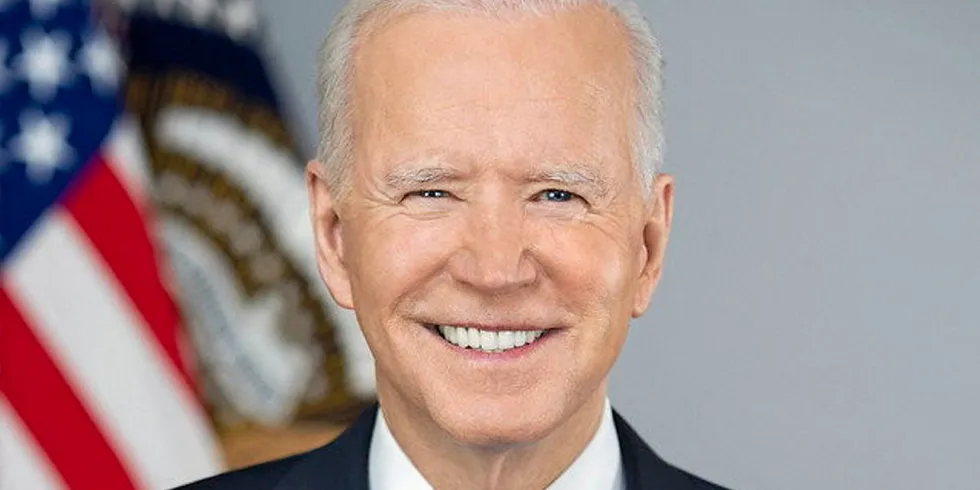'A major victory': Biden signs hard-won $1trn US infrastructure bill into law
Landmark act sets aside $65bn for power grid, supply chains for clean energy technology, and carbon capture and renewables demonstrators, and $17.4bn for port renovation

Landmark act sets aside $65bn for power grid, supply chains for clean energy technology, and carbon capture and renewables demonstrators, and $17.4bn for port renovation
